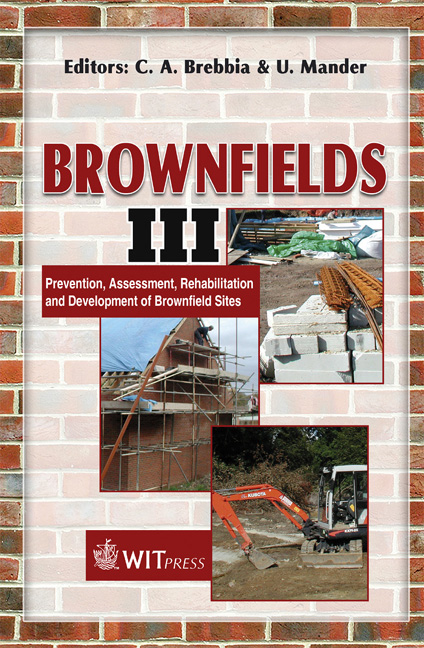Green Economics As A Tool For Prioritising Brownfield Rehabilitation In Greece
Price
Free (open access)
Transaction
Volume
94
Pages
10
Published
2006
Size
484 kb
Paper DOI
10.2495/BF060211
Copyright
WIT Press
Author(s)
D. Kaliampakos, D. Damigos & T. Karachaliou
Abstract
Given the limited resources, an effective way of prioritizing brownfield rehabilitation could be according to the total costs and benefits produced by each site. Aside from the potential return from a profitable new use, brownfield rehabilitation benefits also come from contamination and stigma elimination. The latter, however, are not directly incorporated in the market, and therefore a comparable value is missing. Environmental valuation methods could monetize environmental enhancement in order to attain the comparison of benefits with remediation costs, on the same basis. Towards this direction, an interactive tool is currently being developed, namely the Greek Environmental Valuation Database (GEVAD), on the grounds of the benefit transfer method. This tool can facilitate the valuation of brownfield external costs and benefits, improving the justification of rehabilitation funds. Keywords: brownfield, Greece, case studies, environmental economics, cost benefit analysis, benefit transfer. 1 Introduction Over the past decades, almost all of the developed countries have restructured their traditional heavy manufacturing industries, causing older sites to be abandoned. This is the result of stricter environmental regulations, changing markets and innovative production technology. In turn, communities have experienced downsizings, shutdowns and relocations, leaving underused or vacant industrial properties behind. Considerable effort has been made, in the USA and in many European Countries, to understand the nature of the problem
Keywords
brownfield, Greece, case studies, environmental economics, cost benefit analysis, benefit transfer.




